Dear Stephen,
I love to look at plants and flowers these days and feel very comfortable with being treated for lyme/bartonella with herbs. Is it possible, in your opinion that we can commune with plants and get their healing power? Is that what some of your books are about? Just curious, as I currently have a bartonella outbreak and I had to switch to your protocol (from another herbal remedy) to the bartonella (3-4 * 3-4) program four days ago. If I decreased this amount, my pin-pricks get out of control (inflammation?) so I don’t really have too much of a choice in this. Is there a way to decrease GI effects if they show up while still taking this amount (I didn’t really have time to ramp up). Would you recommend capsules, powder or decoction? I am at the lowest dose for andrographis and cat’s claw. Also, you state 28g knotweed in 1 L is a good dose – would this correspond to the 4 * 4 amount? Since you could probably simmer indefinitely, is it only the first 20 minutes that are useful? Thanks so much.
Stephen’s response:
Yes, communing with plants (though I use different terminology) does help in healing and that is indeed what a number of my books are about. I prefer the powder form of knotweed if you are in shape enough to use it, pills otherwise. Preferrably you could take 1 tbl of the powdered herb 4x daily. That would be about perfect. If you are going to simmer, 20 minutes is about right.
Stephen
-
Stephen Harrod Buhner was an Earth poet and an award-winning author of twenty-four books on nature, indigenous cultures, the environment, and herbal medicine including the acclaimed book Healing Lyme: Natural Healing & Prevention of Lyme Borreliosis & Its Co-infections.
Stephen came from a long line of healers including Leroy Burney, Surgeon General of the United States under Eisenhower and Kennedy, and Elizabeth Lusterheide, a midwife and herbalist who worked in rural Indiana in the early nineteenth century. The greatest influence on his work, however, was his great-grandfather C.G. Harrod who primarily used botanical medicines, also in rural Indiana, when he began his work as a physician in 1911.
Stephen’s work has appeared or been profiled in publications throughout North America and Europe including Common Boundary, Apotheosis, Shaman’s Drum, The New York Times, CNN, and Good Morning America. Stephen lectured yearly throughout the United States on herbal medicine, the sacredness of plants, the intelligence of Nature, and the states of mind necessary for successful habitation of Earth.
He was a tireless advocate for the reincorporation of the exploratory artist, independent scholar, amateur naturalist, and citizen scientist in American society – especially as a counterweight to the influence of corporate science and technology.
View all posts

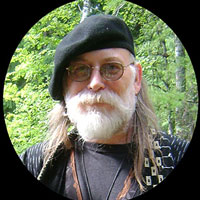
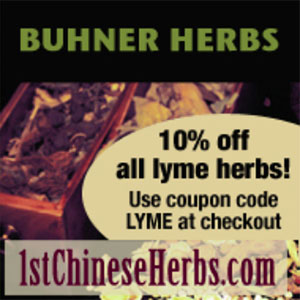


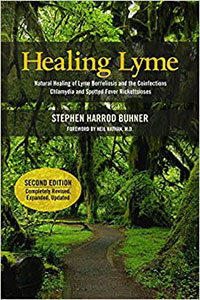
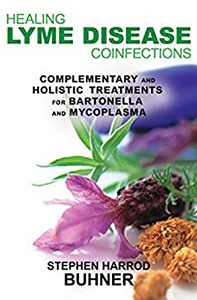
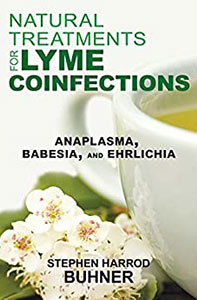
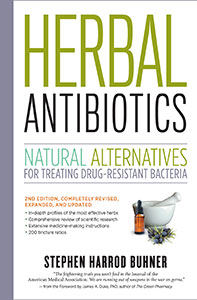
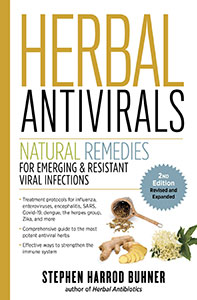



0 Comments